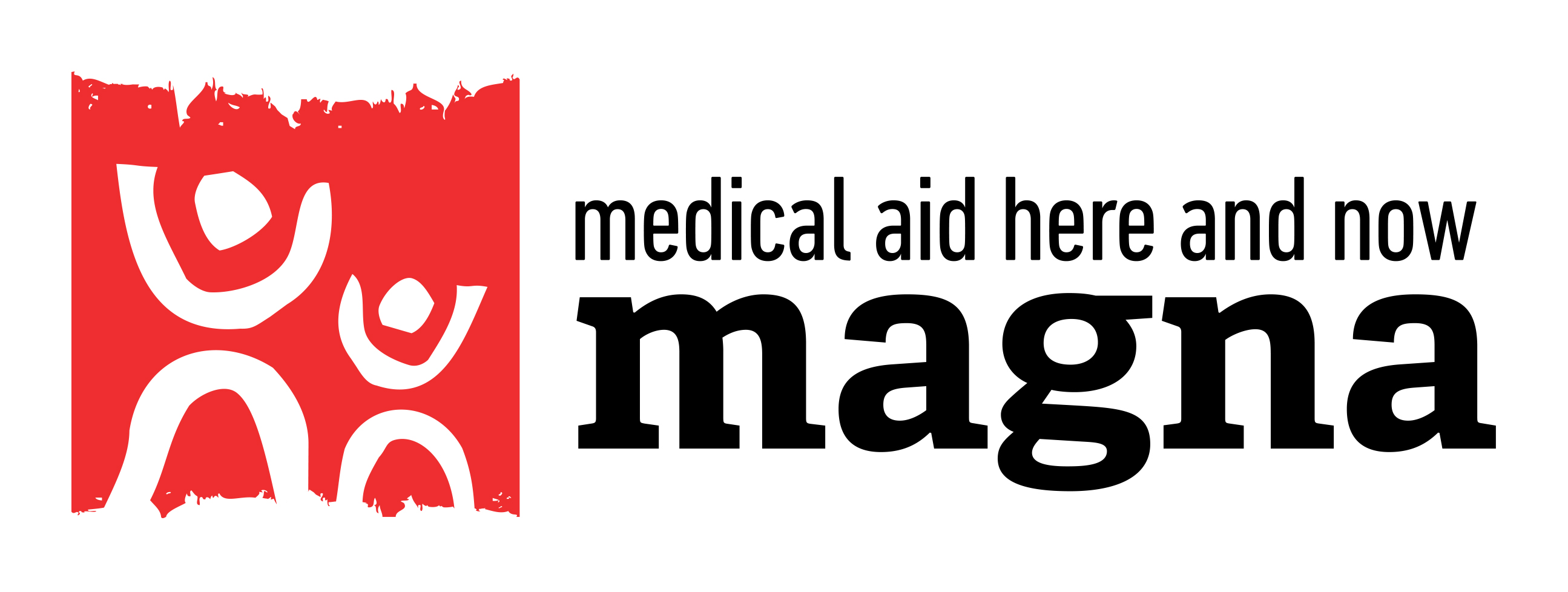Afghanistan
Afghanistan today
Photo and text: Martin Bandžák (published in the magazine .tyzden)
The war is over. The United States has been gone for 2 years. Despite promises, the Taliban is sending the country back to the past.
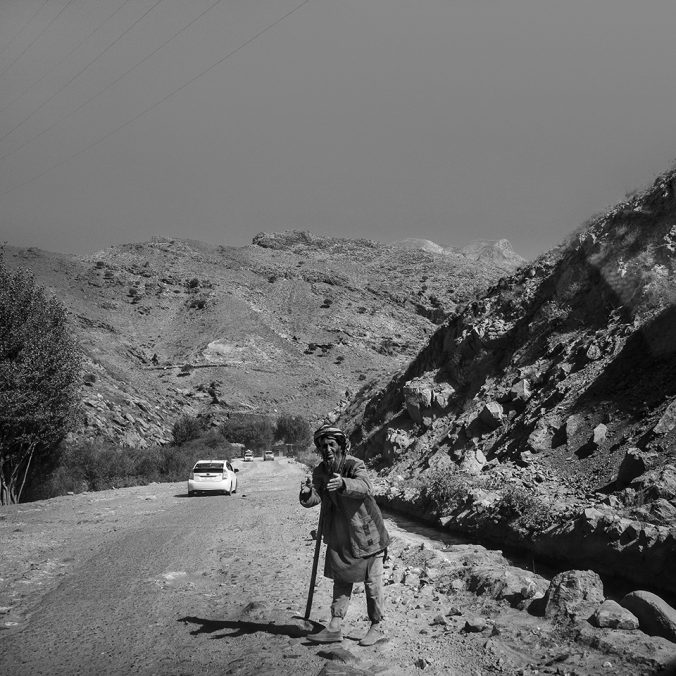
We leave Kabul early in the morning. The traffic in this capital of Afghanistan of over 8 million is hectic, so we try to leave the city before the daily chaos begins in the streets. We are waiting for a 16-hour journey along the highway that connects the north, south, east and west of the so-called country. ring road.The highway was first built in the 1950s and 1960s by the Soviet Union, and in 2003, when the Kabul-Kandahar section was repaired and reopened by the United States, it represented, in the words of the then US ambassador, “the road to Afghanistan’s future”.It cost hundreds of millions of dollars, and twenty years later, its broken roadway is a testament to the events and uncontrolled violence that followed instead.The northern part of the road called “Salang road” connects 8 provinces and leads to the city of Mazaar Sharif. We can only dream of the asphalt after a few kilometers from Kabul, and it completely disappears behind the turn that leads to the Panjshir valley, the legendary stronghold of the resistance under the leadership of the late commander Ahmad Shah Massoud, which the Soviet army and the first Taliban government were never able to tame. Panjshir again held out the longest in the summer of 2021, when all the other provinces fell in quick succession, but Taliban fighters finally broke its myth of impregnability.
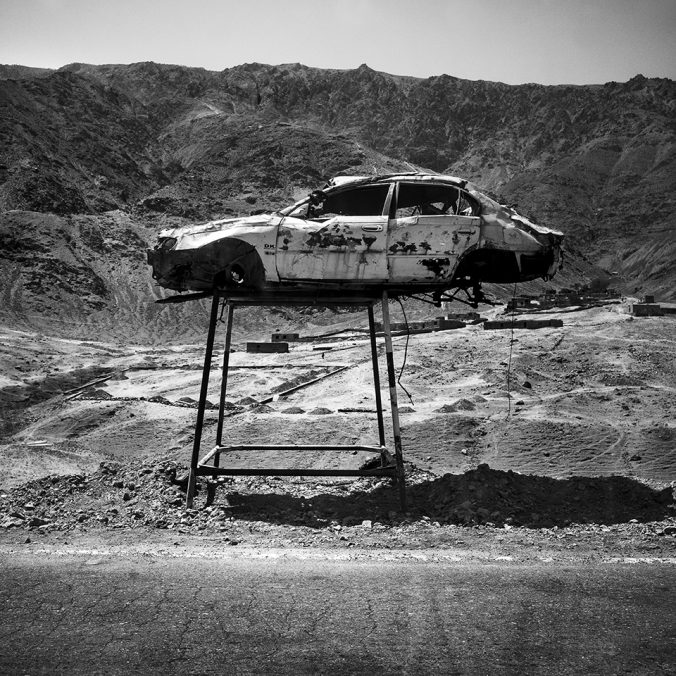
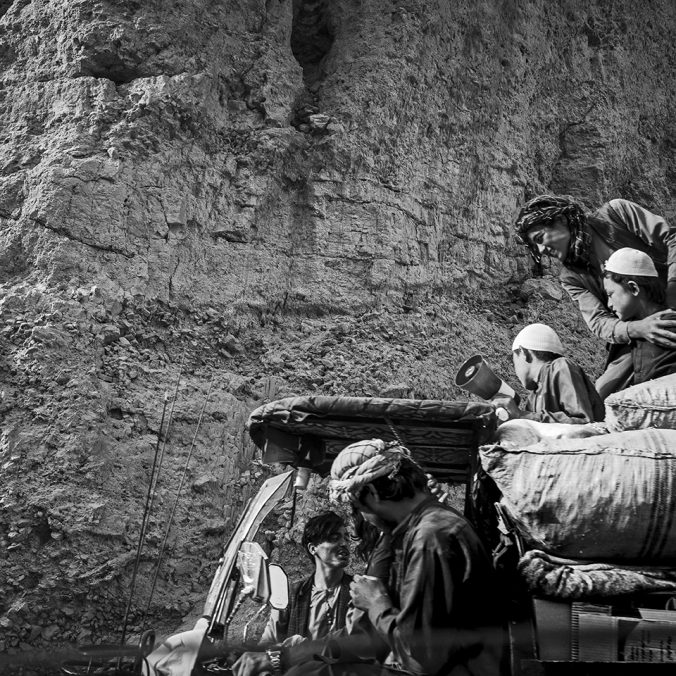
The road is littered with craters from Taliban explosives, we have to repeatedly step on the brakes to avoid accidents. Above the third gear, our driver rarely shifts gears.Begging widows in burkas and children with shovels in their hands are a sign that you need to slow down even more, as there are parts of the road where the bombs damaged it even more. The absence of any road menders is an opportunity for the kids, who by filling potholes and breaking rocks by hand from dawn to dusk can earn two dollars on a good day in tips from drivers.
Cattle and goats swarm the roads all the time and often stop us for several tens of minutes. We stand even longer at countless checkpoints.Our car is low profile, no air conditioning with the windows open. I am sitting in the front, dressed in traditional clothes and wearing a traditional pakol headdress. According to colleagues, I look like a local, some say I am from Nuristan, which is one of the most traditional parts of Afghanistan. This of course helps us pass the Taliban checkpoints faster. Unless my gaze connects with a local Taliban soldier and he directs questions directly at me, we pass with just a wave of the hand. When they find out that I don’t understand them, that is, I only respond to their questions with a smile, and they find out that I’m a foreigner, they feel ashamed that they didn’t reveal me earlier. Comical situations often arise after that. The whole police station gathers at our car and everyone stares at me. The commander asks me in some English how I like it and if I feel safe… I answer that relatively yes, even though in the background a local Talib in sandals is aiming an anti-armor rifle at me. Carrying weapons is a matter of course here, you can recognize Talib by the Kalashnikov on his shoulder.
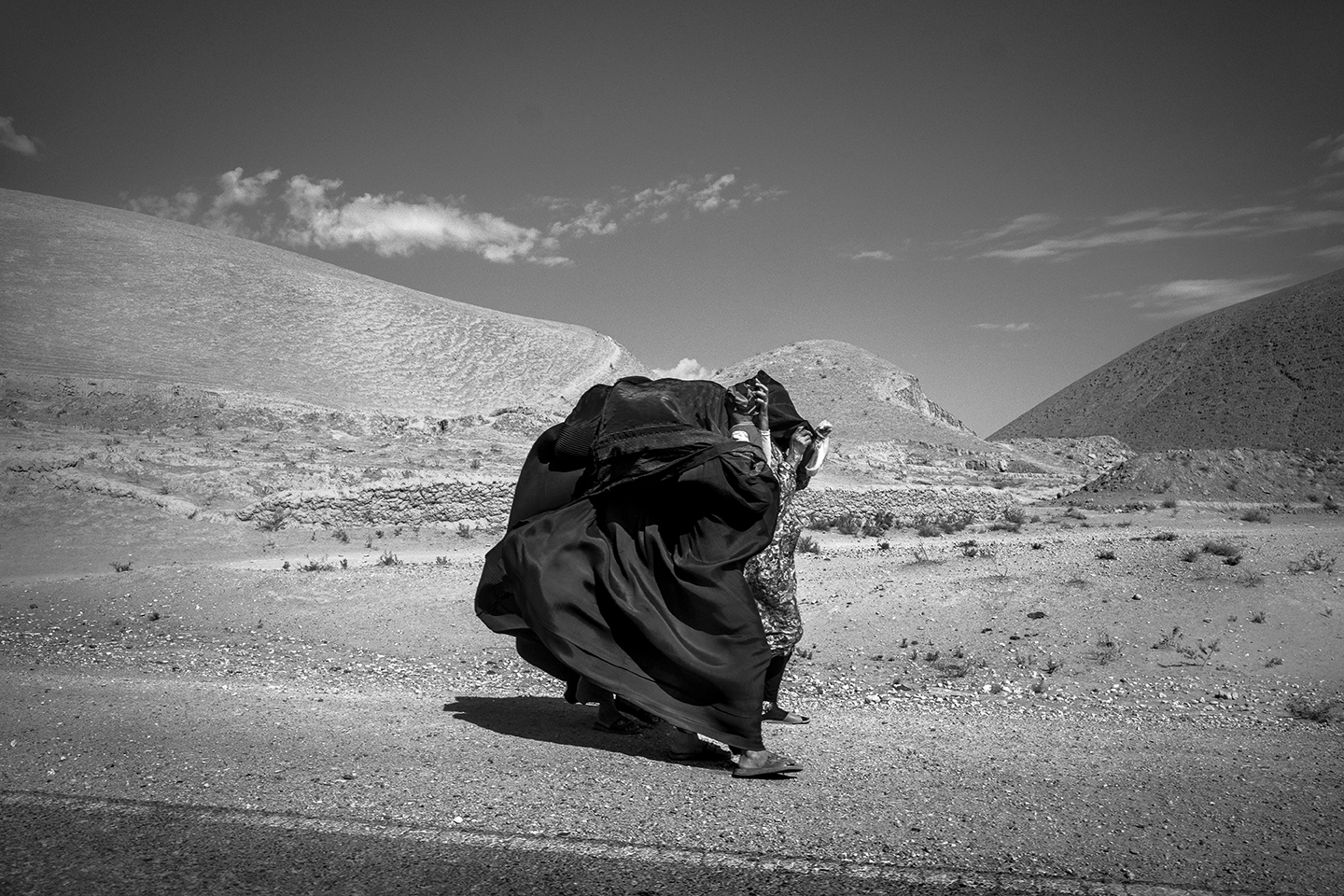
I am traveling with Dr. Baqi, MAGNA’s chief coordinator of health activities in the country. Dr. Baqi has been working for humanitarian health organizations for 25 years, and he tells me that I am the first foreign worker to cross the country through 12 provinces during his tenure, and that it is a unique opportunity for him to see the country so closely. The situation has changed significantly and under certain rules I can travel “safely” like this. Yes, there was relative peace in the country after the seizure of power, bombs under cars do not explode here every day, those who did it are still in power. Other groups like the Islamic State are weakened and do not have enough financial resources for violence.
Along the way, we repeatedly pass abandoned former military bases, parked broken American Humvees, non-functioning Soviet tanks from the occupation period of 1979-1989. The sights are bizarre. We pass through the 2.6-kilometer-long Salang Tunnel at an altitude of 3,400 meters, which cuts through the Hindu Kush mountain range that separates the north of the country from Kabul and is still a daring feat of Soviet engineering, designed to handle a thousand vehicles a day when it opened in 1964. Today, the crossing has turned into a muddy hole and a shaft full of smog, through which up to 9,000 vehicles pass daily. As we enter the mouth of the tunnel, smoke is billowing, visibility drops to zero, and we’re all hoping we don’t get a breakdown and get stuck inside.In December 2022, a tanker exploded here and 31 people died.
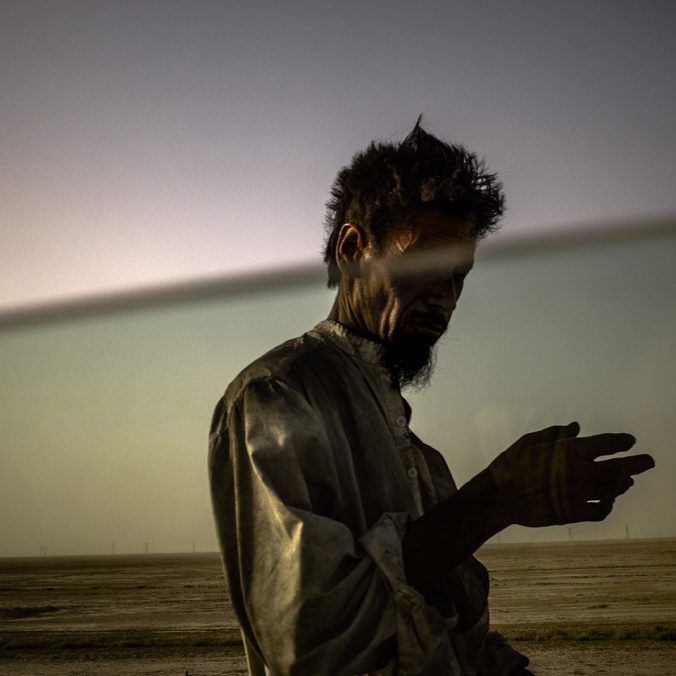
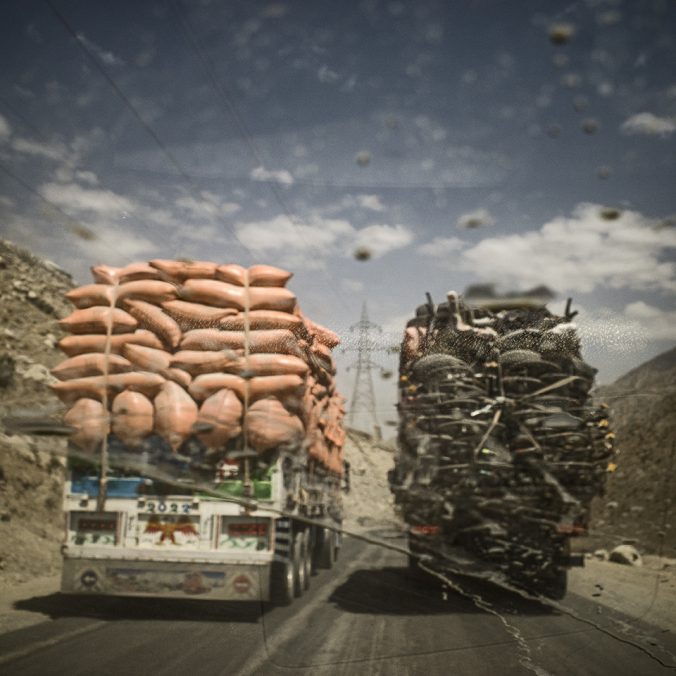
We are heading to a hospital in the Balkh area. The Slovak humanitarian organization MAGNA provides health and nutritional aid here and in other parts of the country.Despite the promised amnesty for former enemies and respect for the rights of minorities and women, the Taliban carried out summary executions of government forces that surrendered, but also failed to stop sectarian attacks and aggressively erased efforts to include women – banning education for girls, reimposing decrees banning women from traveling without a male relative, going to parks on the same day as men or showing your face in public.Since the Taliban took power, the heavily aid-dependent economy has dried up, leaving 95 percent of the population hungry, according to the World Food Programme.There are widespread reports of parents selling daughters into early marriage to afford food for their families, and the sale of kidneys for transplant is on the rise again.
Afghanistan has been hit particularly hard by lost aid, sanctions and asset freezes, along with poor harvests and regularly severe winters. In the malnutrition ward at MAGNA Hospital, Aaisha fans her emaciated daughter, Khadija, who is dripping with IVs. At the age of nine months, Khadija weighs less than 5 kilograms.MAGNA nutrition nurse Bastela sees 50 to 100 cases of severe malnutrition a month and expects more.
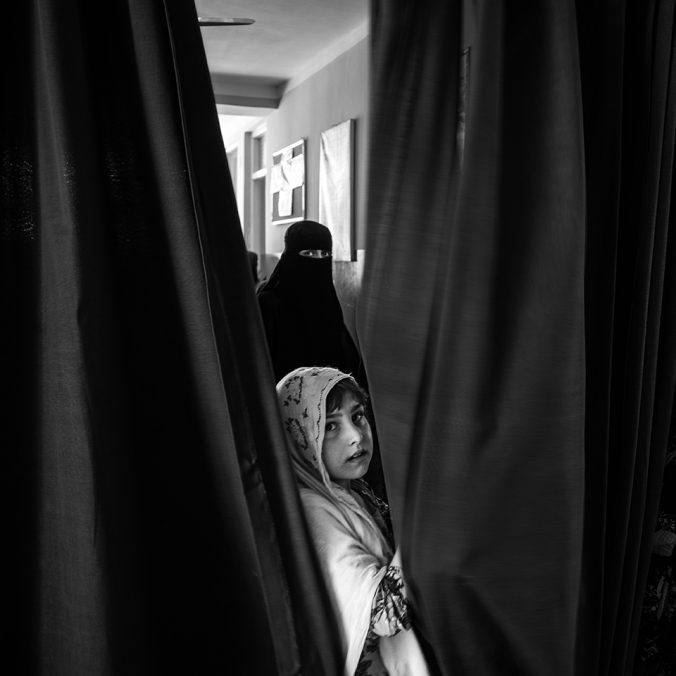
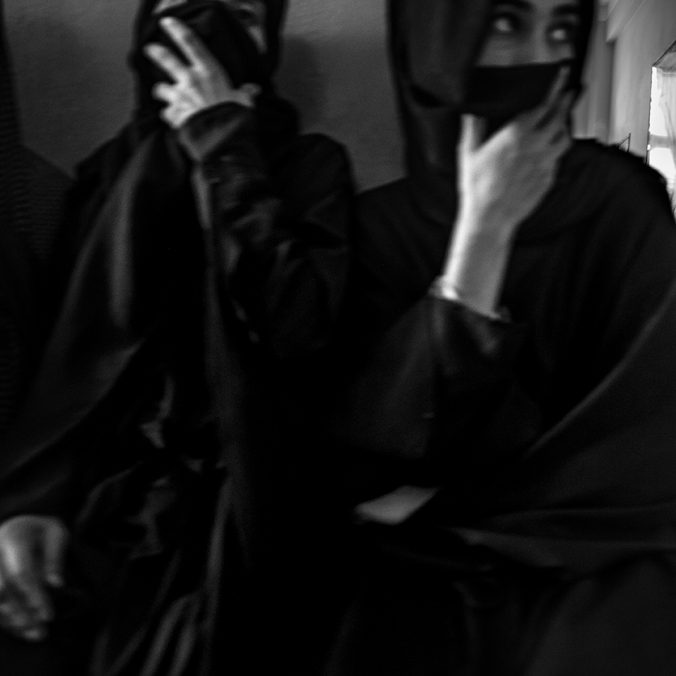
When the Taliban returned to power, many trained health workers fled.”Now we don’t have enough doctors or resources to treat people,” says Dr. Baqi. His five daughters are also banned from continuing their education, one of whom was already in medicine and now faces an uncertain future. Despite everything, he believes his children will too the opportunity to continue working and treating and helping children and families who find themselves in extreme need, as he is doing today thanks to help from Slovakia and around the world.
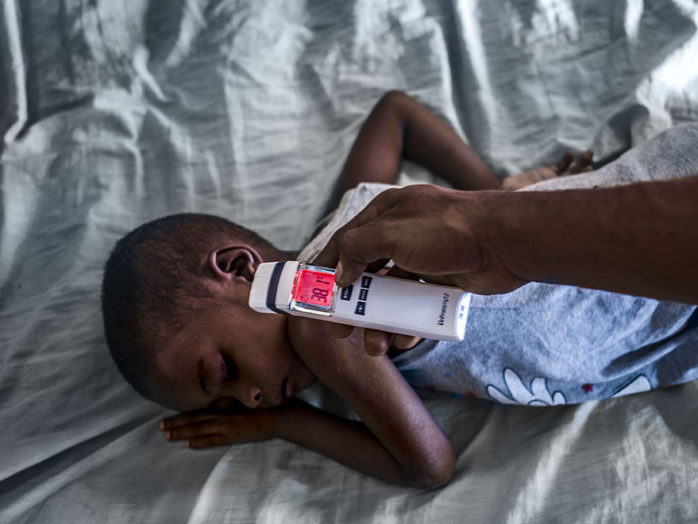
How can you help?
Not everyone can treat patients in the field. But everyone can be a part of it. We need your support to continue this life-saving work.
